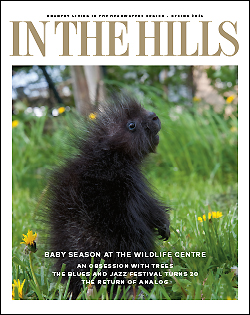Tree Co-operation
The research into the co-operative nature of trees is in its infancy.
Human beings are competitive creatures. The popularity of sport attests to that. Competition is also a driver of our social interactions. We compete for mates, for jobs and in many other ways.
But if human beings are intrinsically competitive, we are, at the same time, manifestly co-operative. Fans of team sports know that even very talented teams can fall short if the players don’t perform within a co-operative framework. In our personal lives co-operation builds vitally important social bonds.
Other animals, of course, compete and co-operate too. And plants? They compete intensely for sunlight, water and nutrients. But do they co-operate as well?
An emphatic yes, as revealed by research by Dr. Suzanne Simard in British Columbia. Simard discovered that “mother” trees shuttled nutrients to their offspring via underground fungal mycorrhizal networks. This was exciting enough. But then Simard discovered something truly extraordinary.
Two very different species of trees, Douglas fir and white birch, were helping each other survive! The fir trees would supply carbon to the deciduous birch trees in the winter when the birch had no leaves to conduct photosynthesis. In other seasons the two species would swap roles. Birch would feed carbon to the Douglas firs through their interconnected mycorrhizal webs.
The research into the co-operative nature of trees is in its infancy. I’d love science to explore the possibility that two of our local tree species, beech and hemlock, might also be co-operating through fungal networks.
Beech and hemlock often grow together on moist woodland sites, making a lovely combination. Neither species survives well beyond the forest. Remove one from its peers and it will languish and usually die prematurely.
Something about the woodland environment is necessary for their well-being. It’s purely speculation on my part, but maybe that well-being depends on the metaphorical embrace of their underground fungal networks.
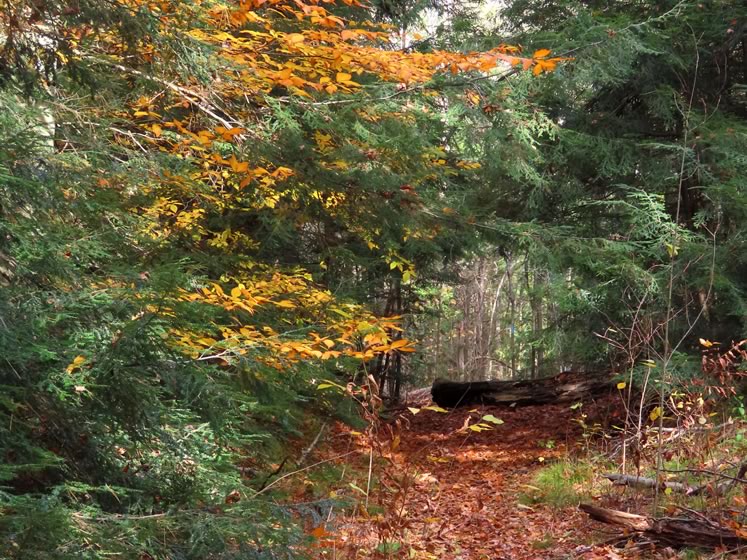
I’d love science to explore the possibility that two of our local tree species, beech and hemlock, might also be co-operating through fungal networks.
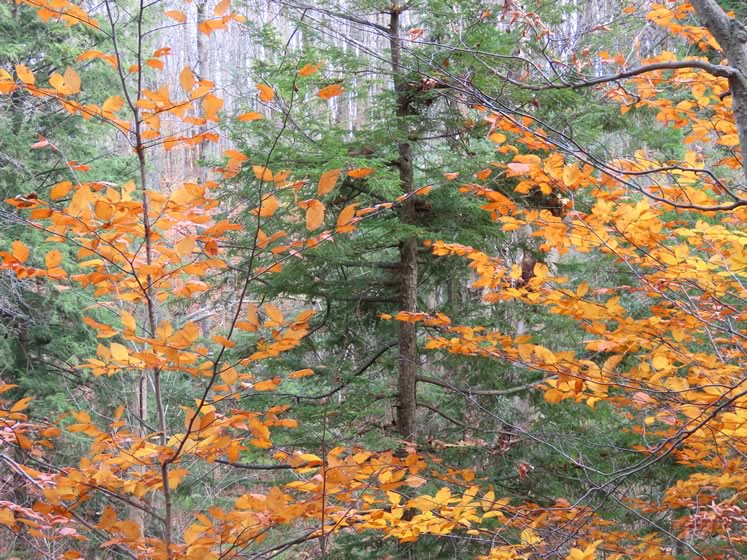
Beech and hemlock often grow together on moist woodland sites, making a lovely combination.
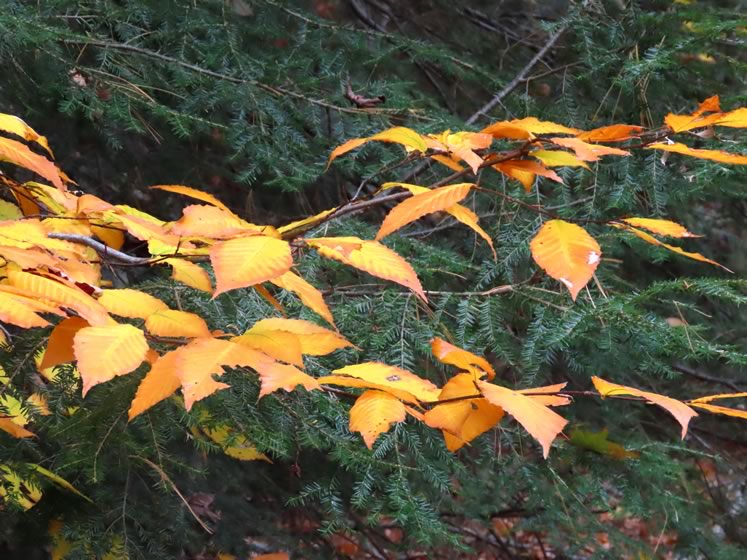
The research into the co-operative nature of trees is in its infancy.
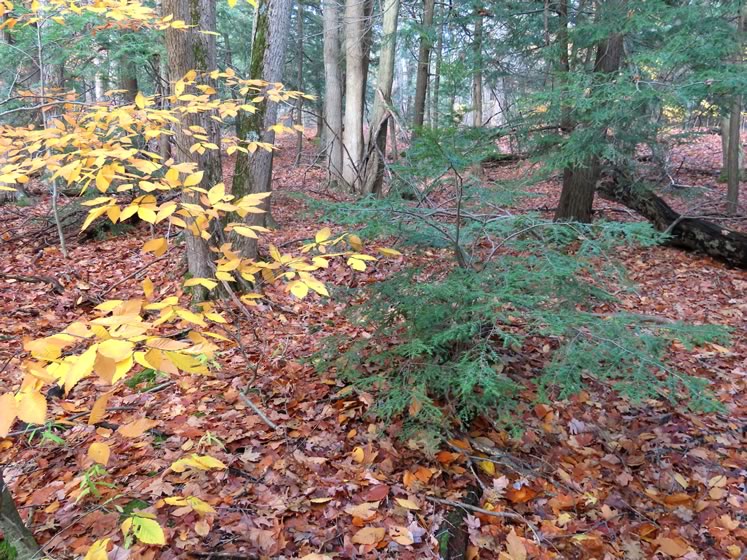
A walk in the woods can reveal the lovely juxtaposition of beech and hemlock trees.
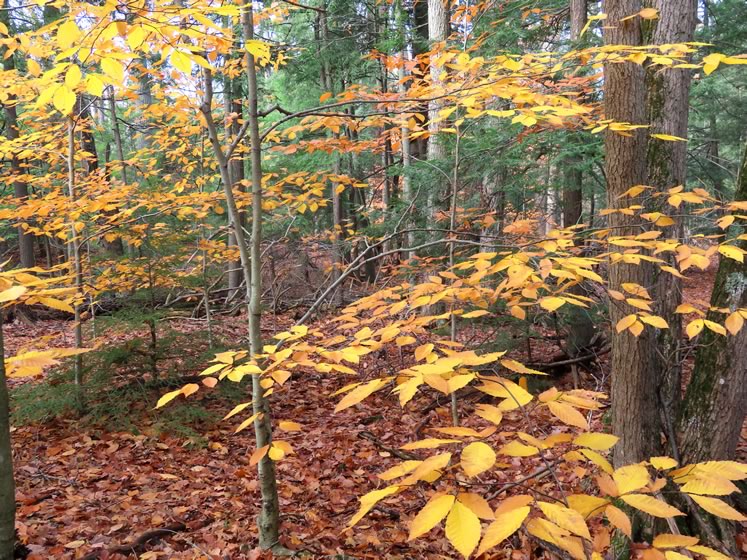
Beech and hemlock often grow together on moist woodland sites, making a lovely combination.
Related Stories
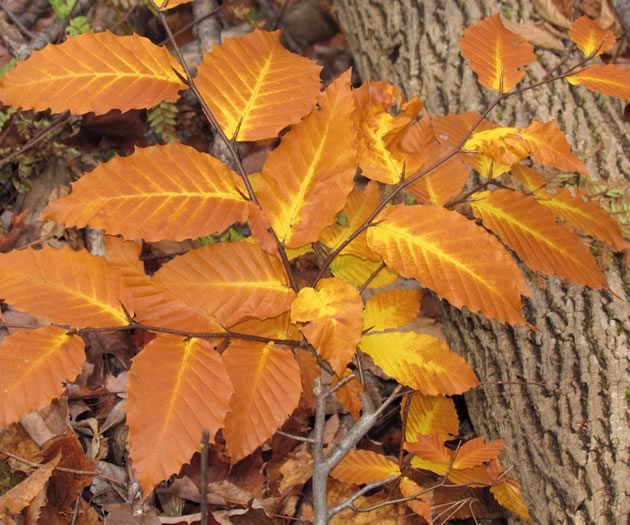
Beech Trees
Dec 10, 2014 | | Notes from the WildBeech trees are being destroyed at heartbreaking speed by an introduced pathogen called beech bark disease.
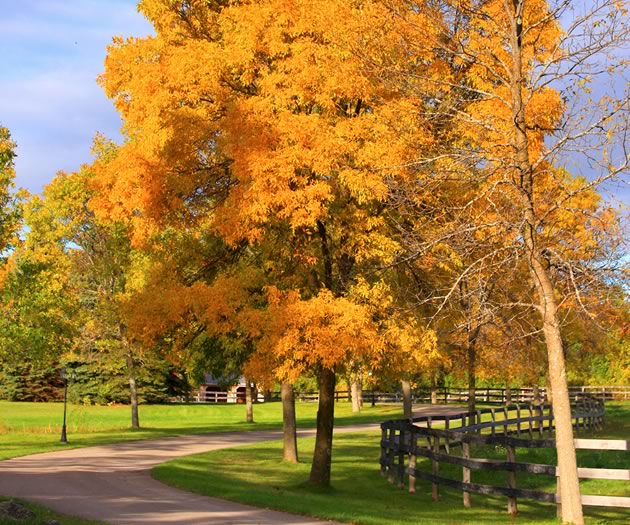
The Beautiful and Damned – Dying Trees
Sep 11, 2015 | | EnvironmentAsh is doomed. Beech and butternut hover on the brink.
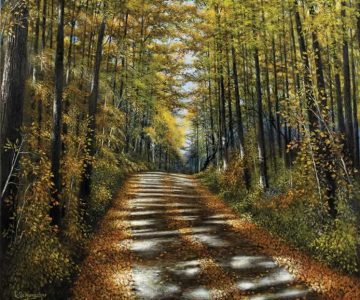
Meetings with Remarkable Trees
Sep 9, 2011 | | EnvironmentWe revel in their beauty, relax in their shade and are calmed by the soothing sound of their leaves soughing in the wind.
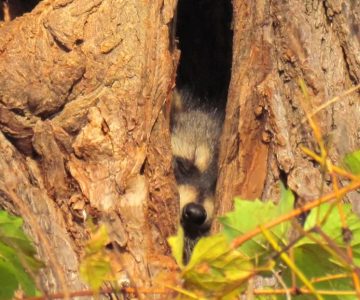
Tree Cavities
Mar 8, 2019 | | Notes from the WildSquirrels, racoons, owls, chickadees, and many other creatures find safety and shelter within trees.
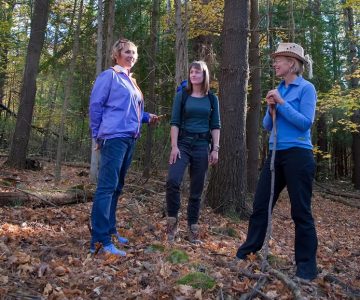
Take a Walk on the Wild Side: Forest Bathing
Mar 26, 2018 | | Good SportSlowing down, tuning in. With forest bathing, the slow movement takes to the woods.

The Language of Nature
Jun 20, 2016 | | EnvironmentWithout words, are we lost in the woods? How words connect us to nature.





